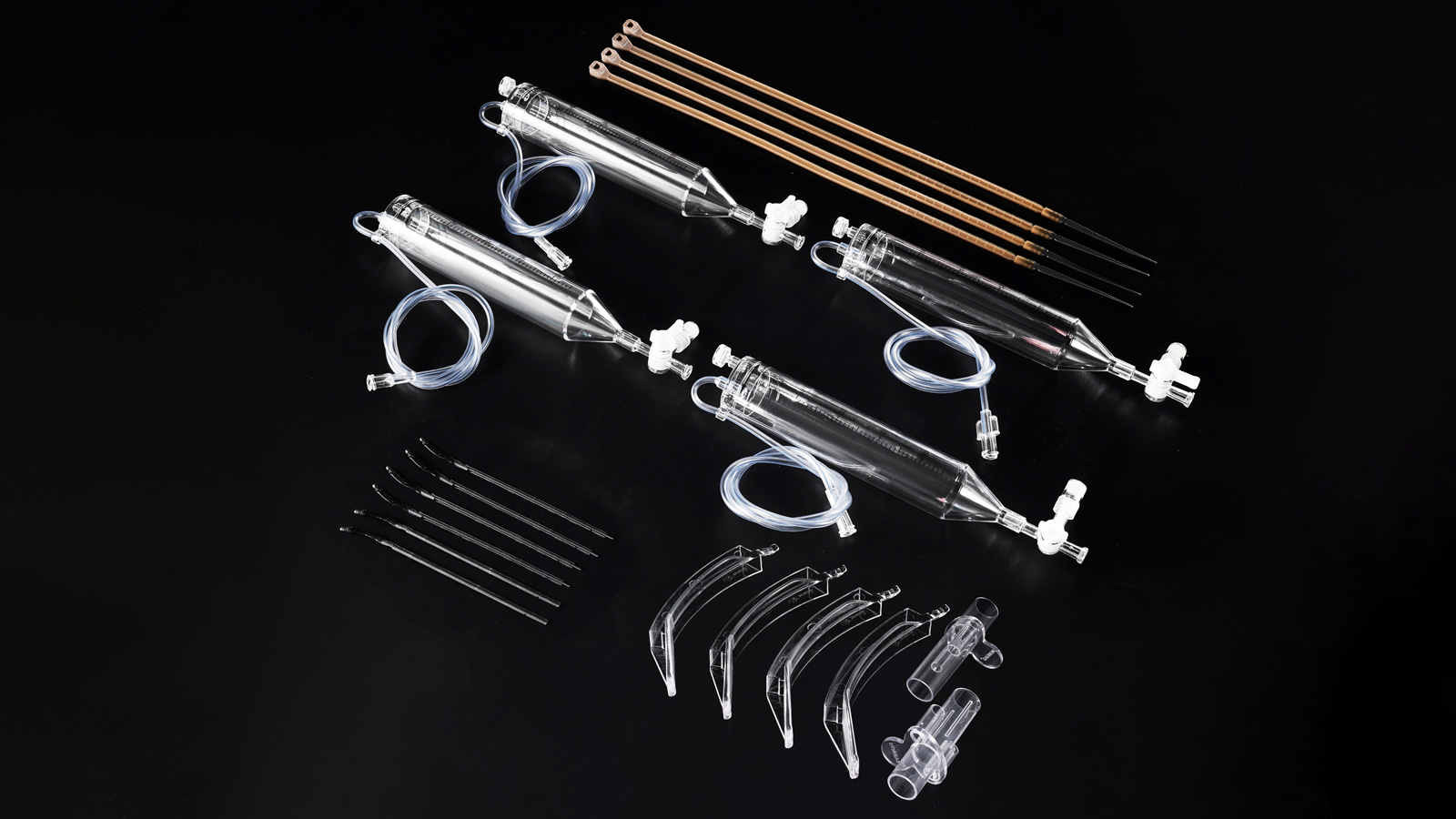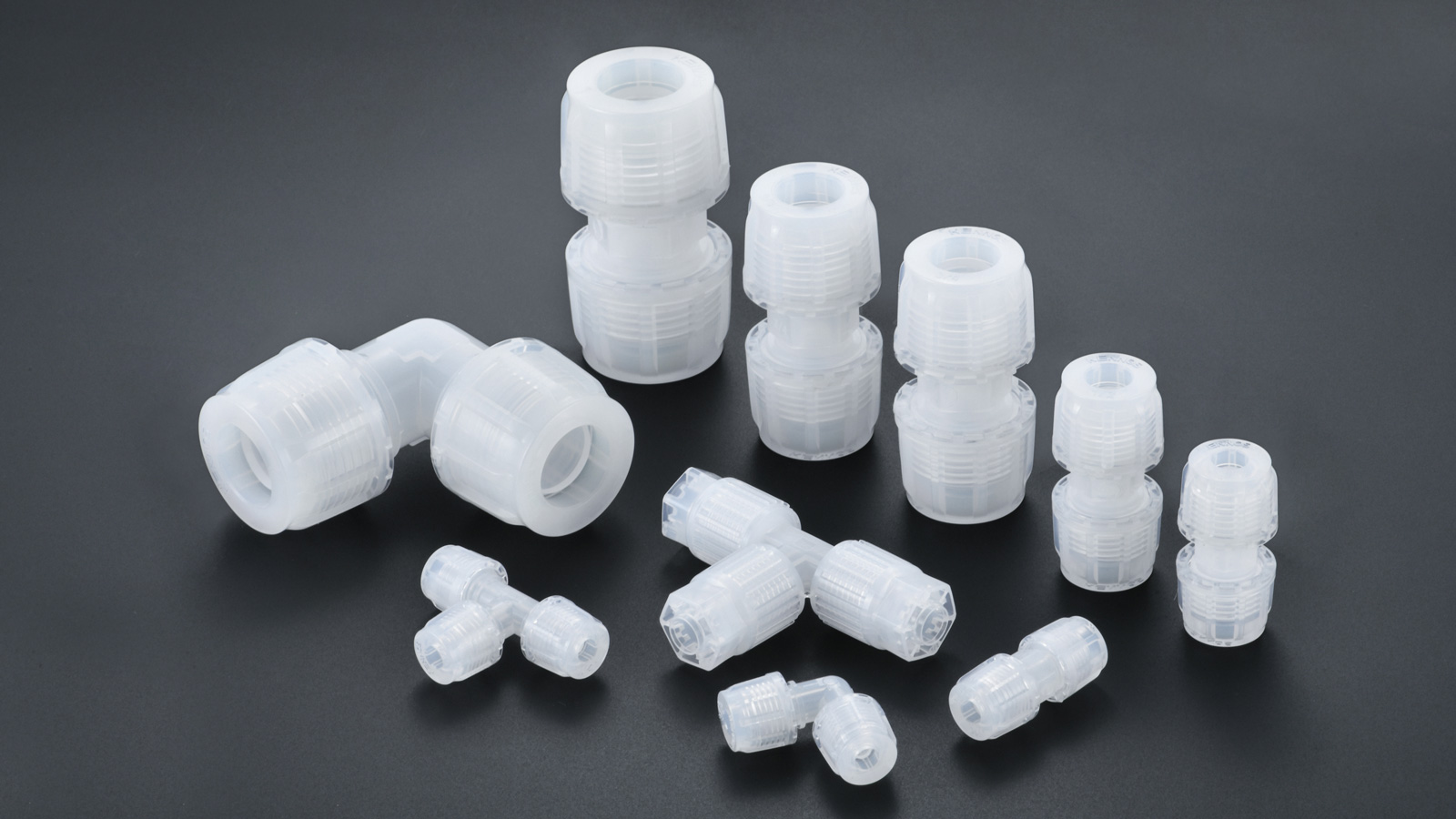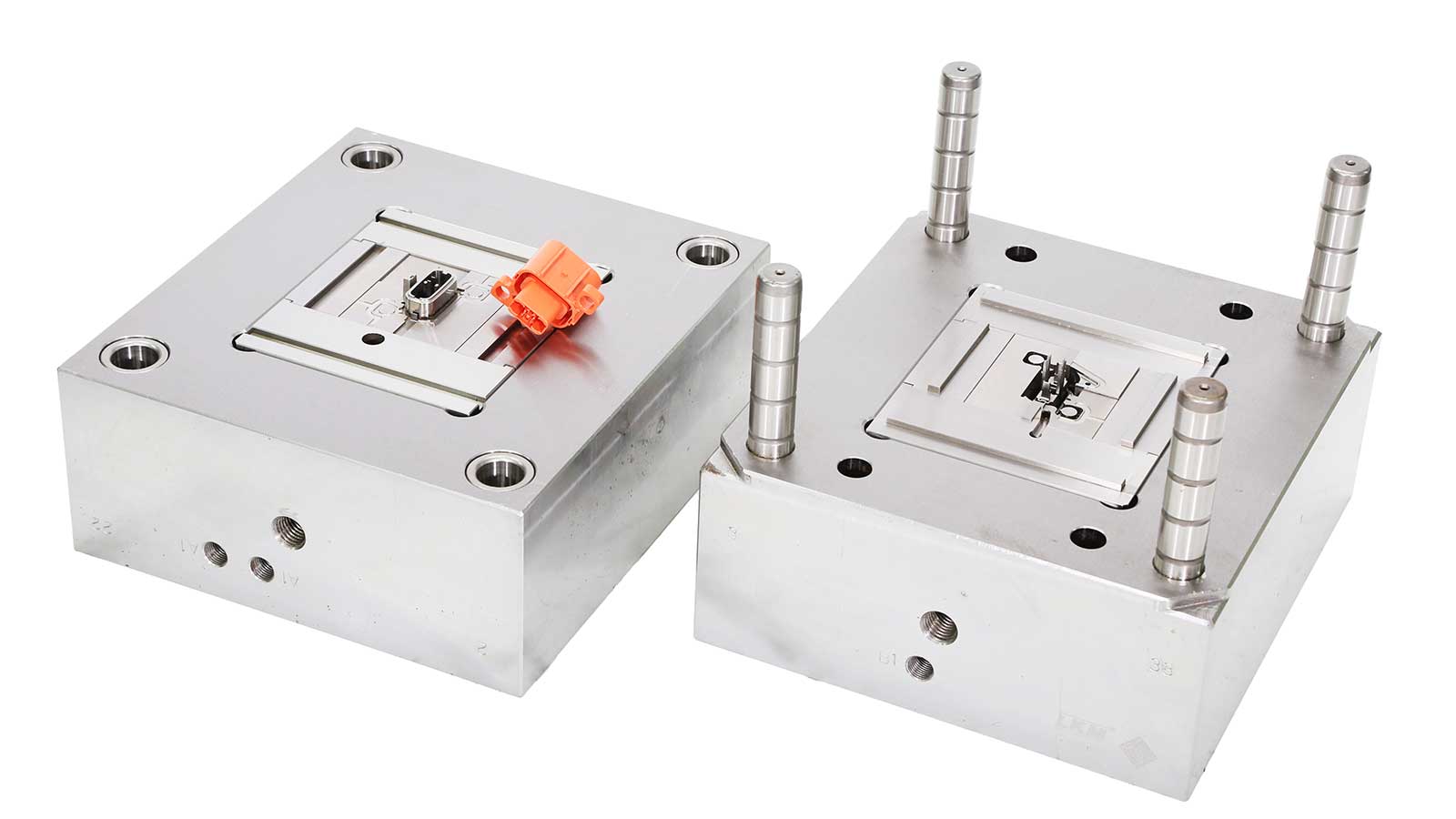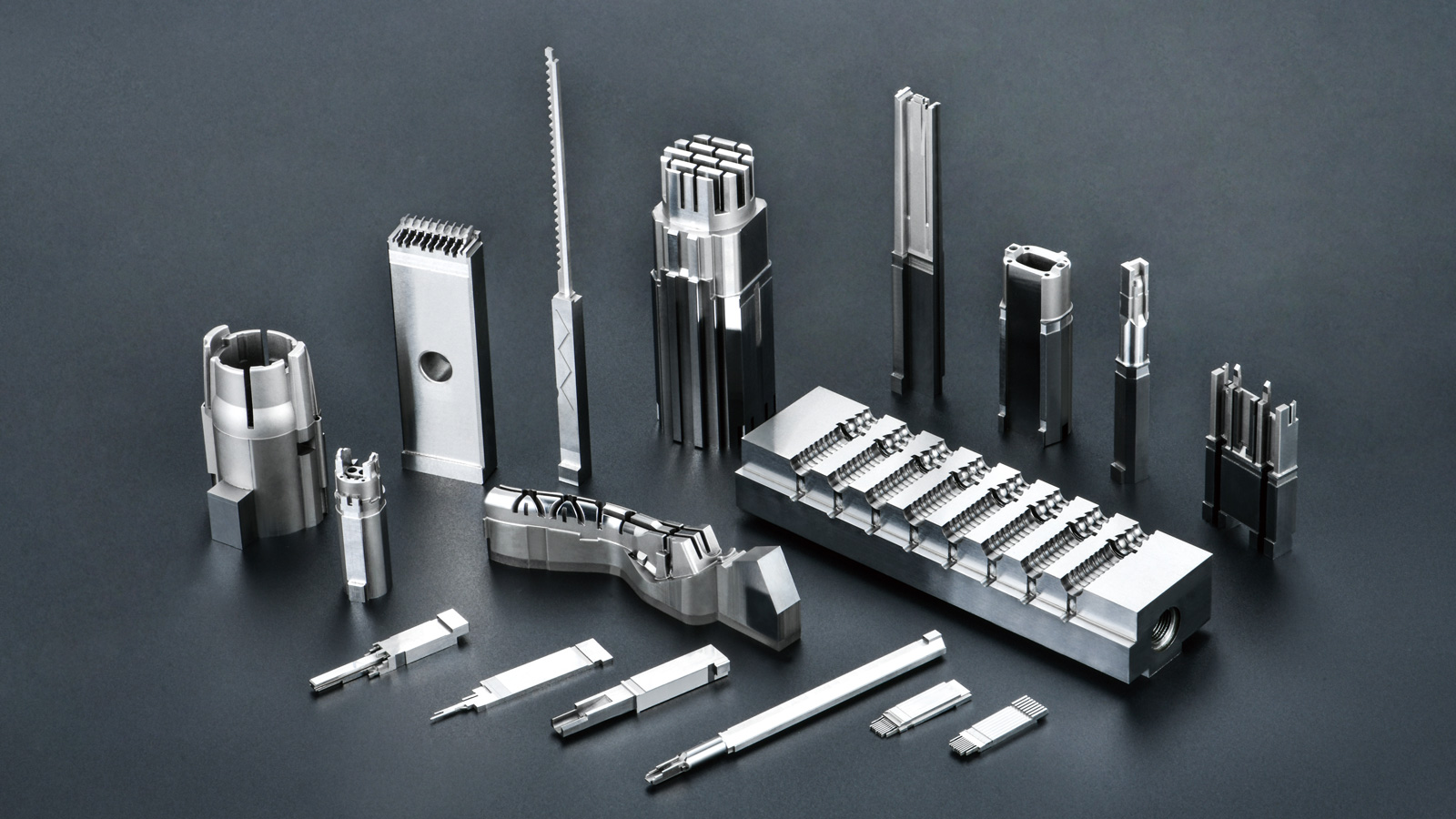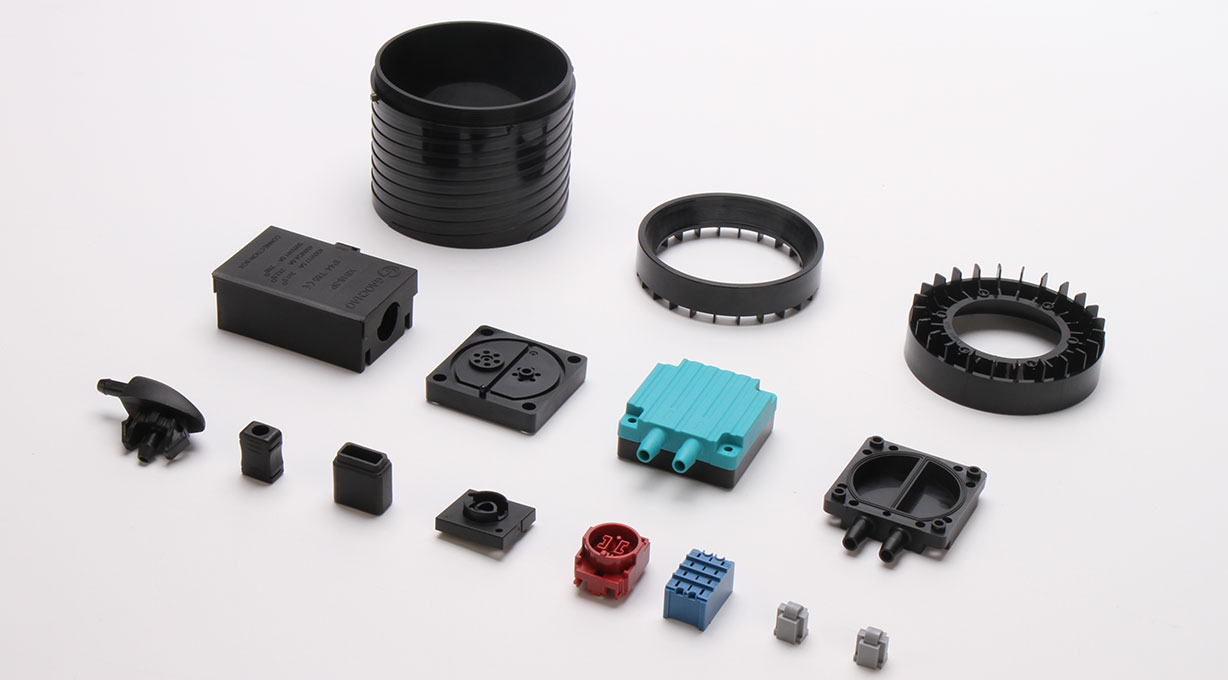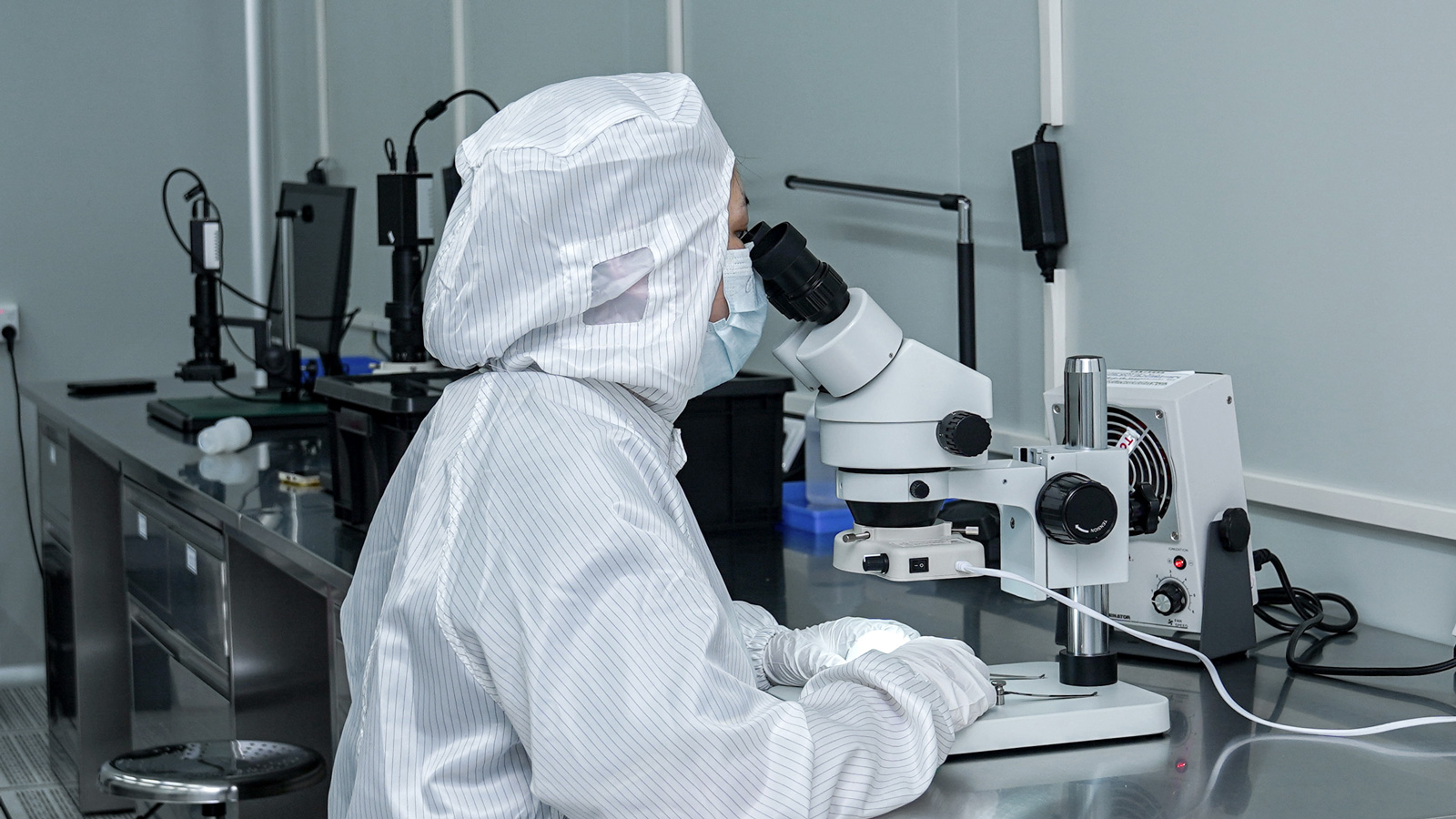In the vast landscape of today’s manufacturing industry, injection molds shine like a bright pearl, occupying a pivotal position. They are crucial process equipment for manufacturing various types of plastic parts. With the rapid development of the plastic industry, plastic parts are being increasingly widely and deeply applied in numerous industrial fields such as electronics, machinery, shipbuilding, and automotive. This trend has made the requirements for injection molds by plastic parts more and more stringent. Traditional mold design methods are no longer adequate in meeting the demands of today’s complex and diverse plastic products, while Computer-Aided Engineering (CAE) technology has emerged as a core force driving the development of injection molds due to its outstanding performance.
Compared with traditional mold design methods, CAE technology offers significant advantages in the field of injection molds. In terms of shortening the injection molding cycle, it can precisely simulate the injection molding process, identify potential problems in advance, and optimize process parameters, thereby significantly reducing the number of mold trials and production time. When it comes to ensuring the quality of plastic parts, CAE technology can conduct a comprehensive analysis of the part forming process, predict possible defects such as sink marks, bubbles, and warping, and propose targeted improvement measures to ensure that every part meets high-quality standards.
At the same time, CAE technology has also made great contributions to reducing injection molding costs and easing labor intensity. By optimizing mold design and injection molding processes, it reduces raw material waste and energy consumption during production, thus lowering production costs. Moreover, since the number of mold trials and adjustments is reduced, workers do not need to perform cumbersome operations repeatedly, and labor intensity is significantly decreased.
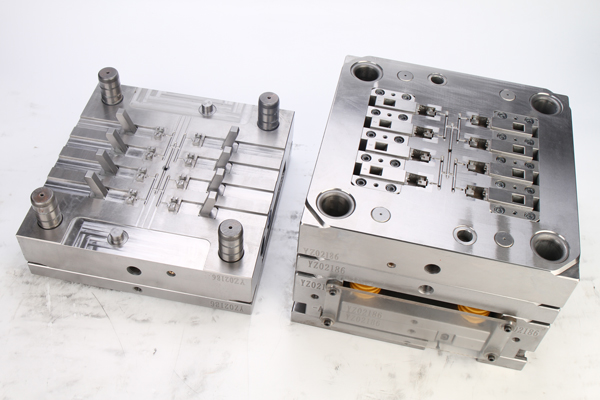
In the processing of injection molds, CNC (Computer Numerical Control) machining technology plays a crucial role. Among them, CNC milling and machining centers are the most widely used. With their high precision and high efficiency, they can quickly and accurately machine various complex-shaped mold parts, providing a strong guarantee for high-quality mold manufacturing.
Wire cutting and EDM (Electrical Discharge Machining) also hold important positions in CNC machining. Wire cutting is mainly used for machining various straight-walled molds, such as punch and die sets in stamping, inserts and sliders in injection molds, and electrodes for electrical discharge machining. For high-hardness mold parts that are difficult to machine using conventional methods, EDM can easily handle them by eroding metal materials through the heat generated by electrical discharge. In addition, EDM is widely used in the machining of sharp corners, deep-cavity parts, and narrow slots in mold cavities, solving the machining problems of these complex structures.
CNC lathes are mainly used for machining standard parts of mold rods and cavities or cores of rotating bodies. For example, in injection molds for bottles and basins, CNC lathes can precisely machine the cavity shapes; they also play an important role in the manufacturing of forged parts for shafts and disks. The application of CNC drilling machines is also not to be ignored. They can improve machining accuracy and shorten machining cycles, providing strong support for efficient mold manufacturing.
The application scope of injection molds is extremely wide. In modern manufacturing, almost all plastic injection-molded parts require injection molds. This makes the injection mold industry an important component of high-tech industries and a valuable technological resource for driving the development of the manufacturing industry.
Looking ahead to the next 5 to 20 years, injection mold manufacturing technology will develop in multiple directions. Optimizing the system structure design of injection molds and the CAD/CAE/CAM technology for profiles to make them more intelligent is the key to improving injection molding processes and mold standardization. Through intelligent design, optimal mold design solutions can be automatically generated according to different product requirements, improving design efficiency and quality.
Improving the precision and quality of plastic mold manufacturing, reducing the amount of grinding and polishing on mold part surfaces, and shortening the injection mold manufacturing cycle are also important goals for industry development. By adopting advanced machining processes and equipment and combining them with a strict quality control system, the precision and quality of molds can be ensured to reach higher levels, while shortening the manufacturing cycle and improving production efficiency.
To meet the demands of market diversification and new product trial production, the application of high-performance, easy-to-cut special materials for manufacturing various types of mold parts will effectively improve mold performance. These special materials have advantages such as high strength, high hardness, and good wear resistance, which can increase the service life and reliability of molds.
In addition, the widespread application of rapid prototyping technology will bring new changes to injection mold manufacturing. Through rapid prototyping technology, injection molds or die-casting molds can be quickly manufactured, greatly shortening the development cycle of new products, reducing development costs, and enhancing the market competitiveness of enterprises.
